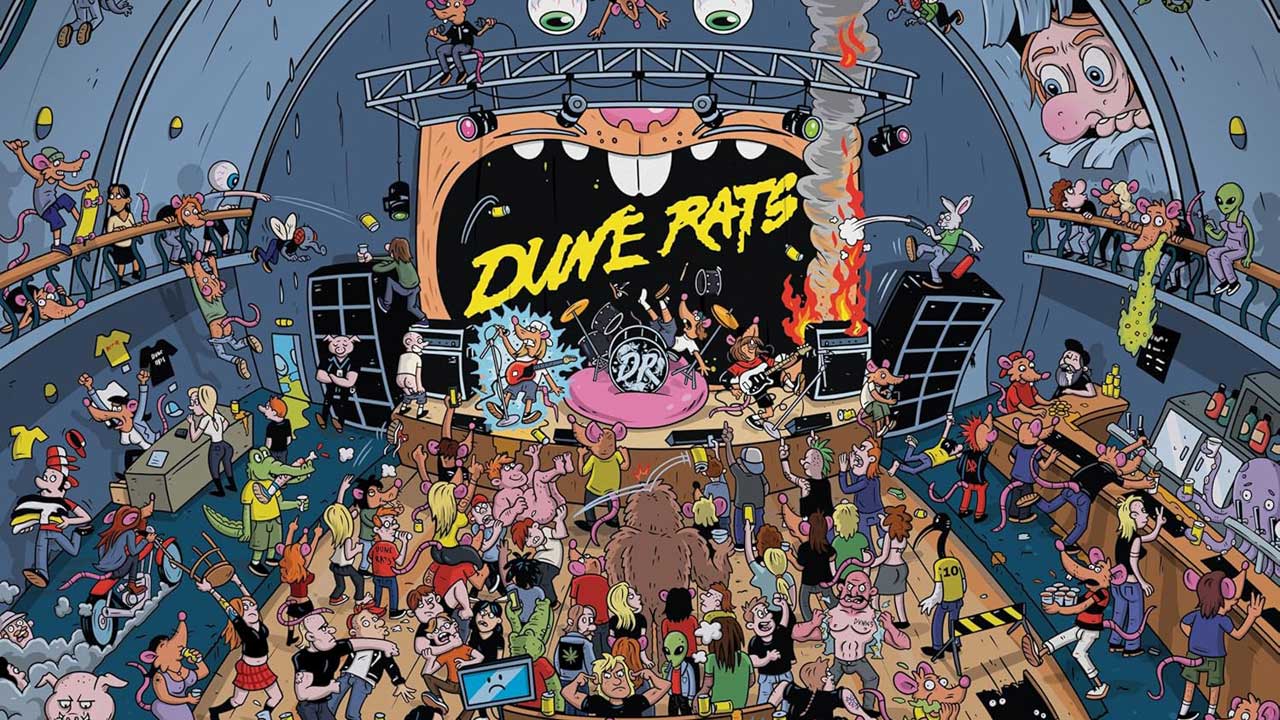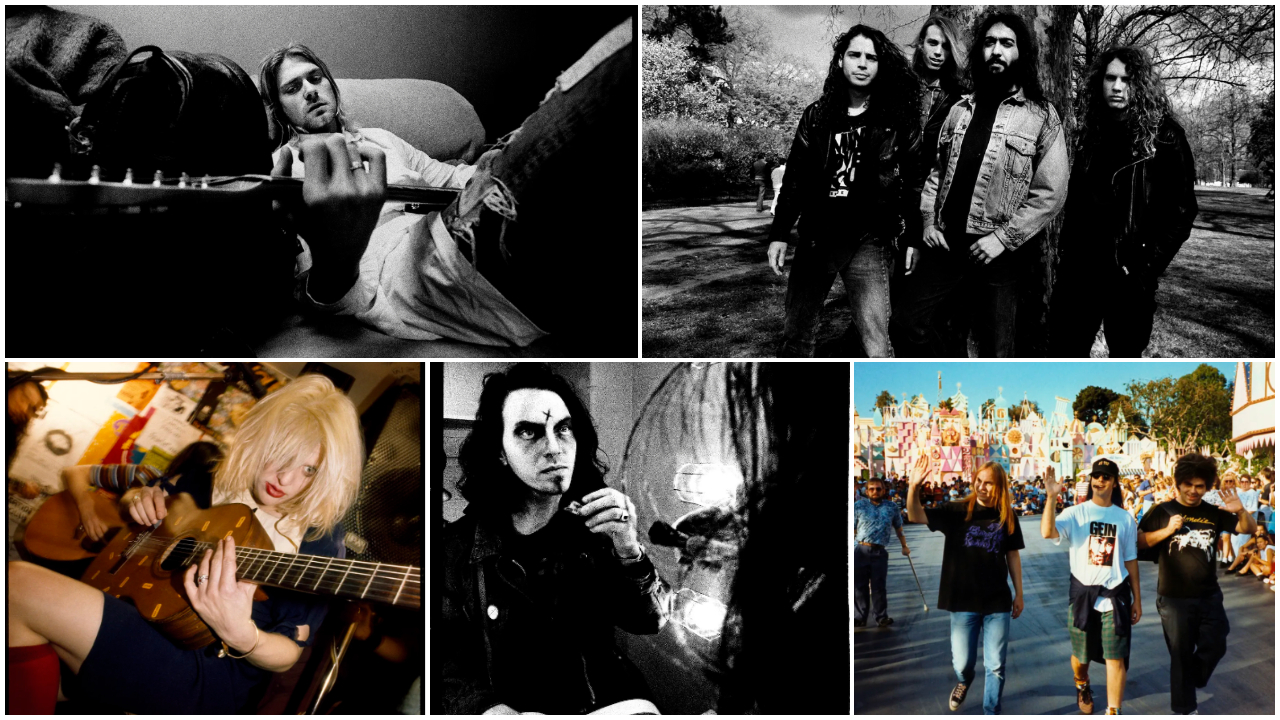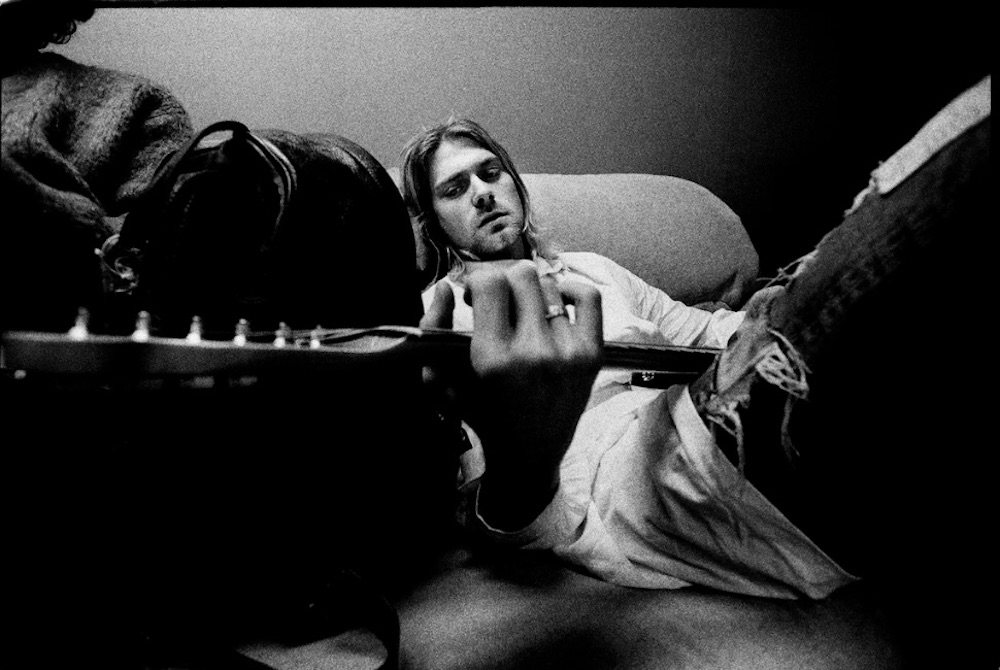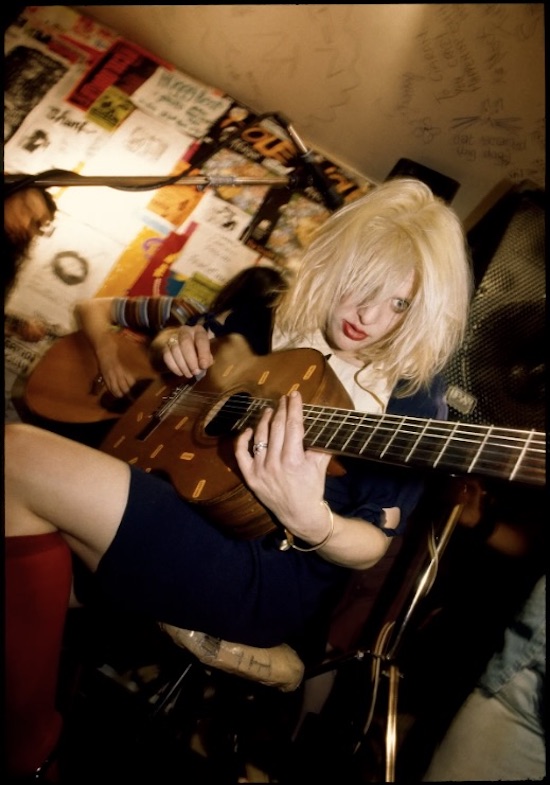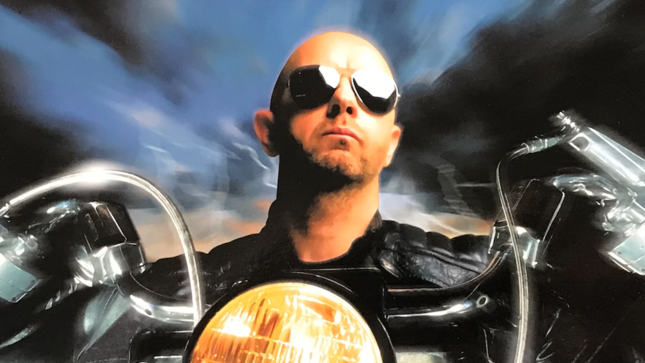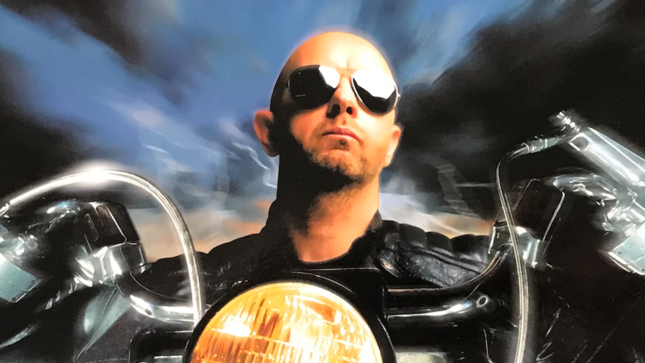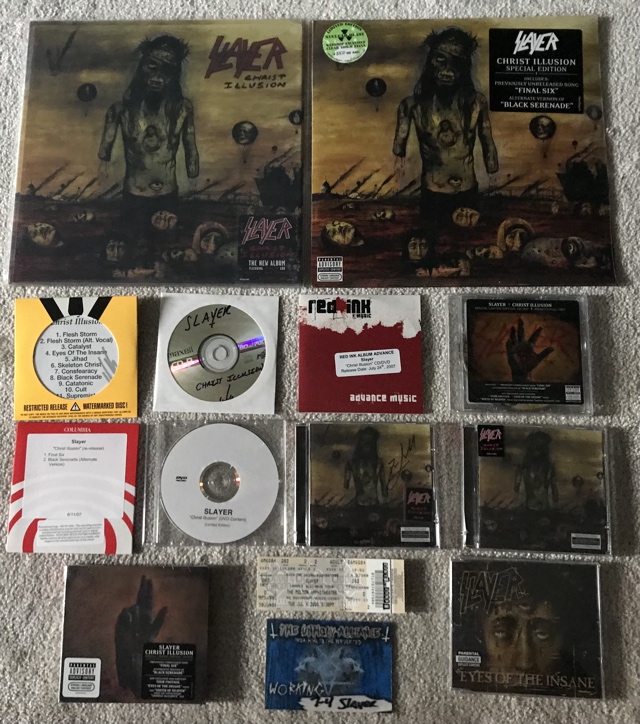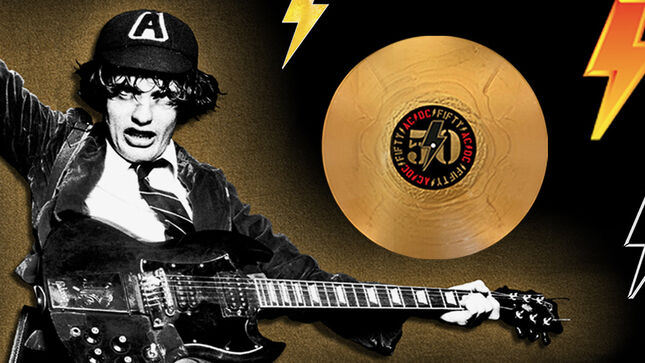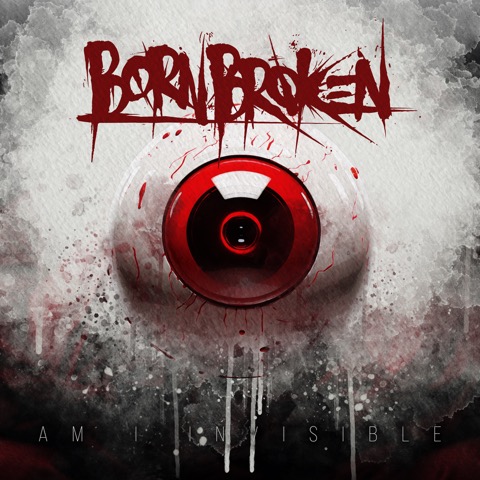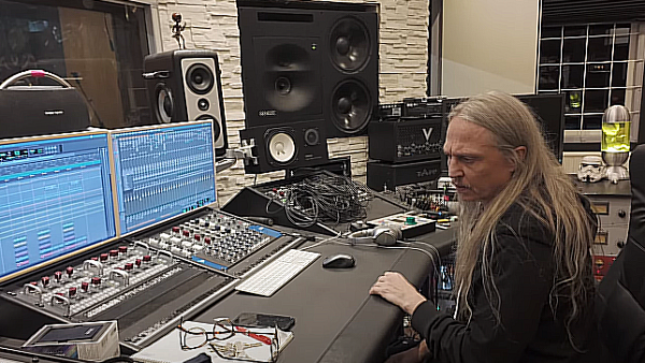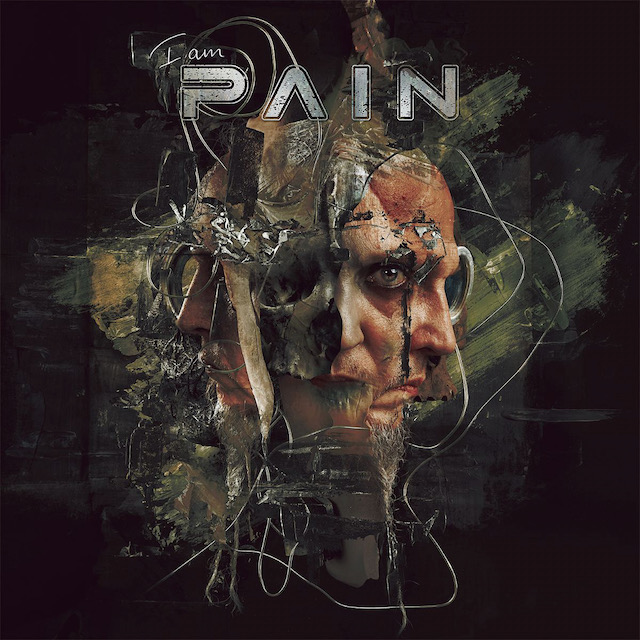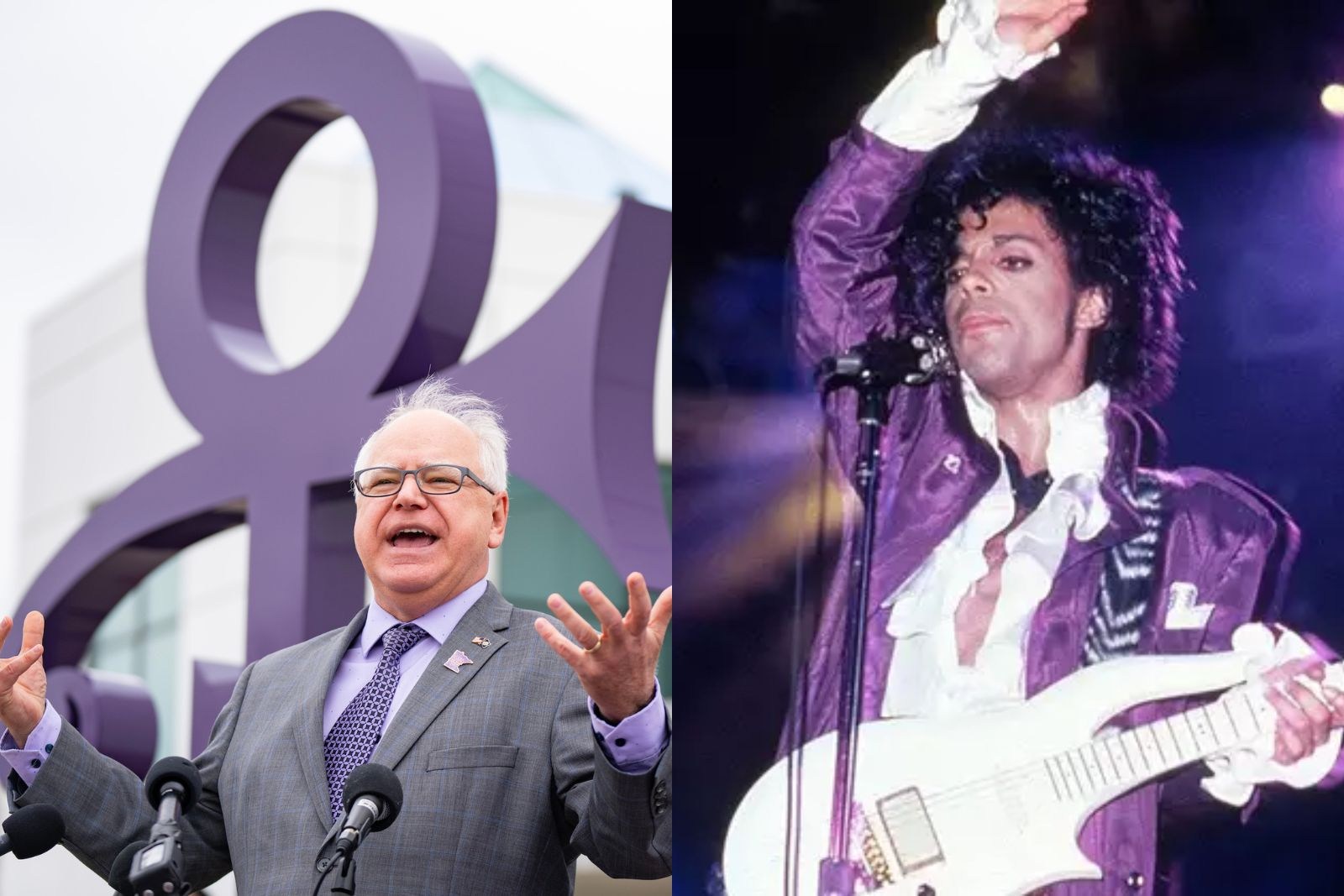
Feature Photo by Dave Dickson: Coutesy of Andy Curran
“It’s never too late to finish what you started all of those years ago.” Begins the opening credit to bassist/vocalist Andy Curran of famed Canadian rockers Coney Hatch and current bassist of Envy of None at the beginning of his Looking For Love: Short Film Documentary. Curran’s 1992 self-titled solo album has been remixed, remastered, and rechristened Whiskey and the Devil as a 30th-anniversary limited vinyl and digital release (released exclusively through SING). The reissue includes two unreleased tracks—featuring the “brand new” “Looking For Love” and live performances.
Curran has a long and celebrated musical history. Co-founding Coney Hatch in 1980, the band slugged it out on the Toronto local music scene and released three albums before disbanding. After a near fatal car accident that almost claimed the life of vocalist/guitarist Carl Dixon in 2008, the band reunited in 2010, released a fourth full-length album titled Four in 2013, and have remained active ever since. For the past three years, Curran has also been the bassist in Canada’s Envy of None, including longtime friend and former Rush guitarist Alex Lifeson.
“Looking For Love” was originally slated for Curran’s debut album, but it never made it past the demo stages… until now. Dusting off a 30-year old song would be a daunting task to say the least, which left Curran feeling a bit skeptical that the track would even be relevant after all these years. “I was a little bit skeptical because it is a 30-year-old song,” Curran explains during a recent Zoom chat. “The subject matter was really about the personal ads at the back pages of a magazine in Toronto called Now. It was like a paper version of a Tinder app right now. So I thought the subject matter is still relevant and the sound of the band is very indicative of what was on the debut self-titled album. I thought stylistically it would fit, and we just went for it.”
“Looking For Love” contains all the musical trademarks and ear worms that Curran is already known for. Decorated with catchy, sticky sweet melodies and unforgettable vocal harmonies, this track wouldn’t have sounded out of place on his original solo album or even an ’80s-era Coney Hatch record. “I think you’re right, Kelley,” Curran heartily agrees with me. “There’s some people that have told me that there are songs off the self-titled record that sound like an extension of Coney Hatch. And being a big part of the writing team with Coney Hatch, I guess you could see those influences. I’ve been wearing them on my sleeve; there’s no subtlety in what I’m doing these days.”

The songs on Whiskey and the Devil were remixed and remastered for this re-release. What did that process involve?
In revisiting it… if there was any sort of reservations I had given the time that we release this record, stylistically, there’s lots of big reverb on the drums; there’s lots of reverb on the background vocals. It sounded very sort of indicative of what was going on in the late eighties/early nineties. And I thought, I would love to get a crack at remixing it to maybe take some of that extra processing off and maybe lean it towards Queens of the Stone Age or Foo Fighters type of approach where the guitars and vocals are a lot less dry and in your face. Think of a modern day Airbourne, or a band like that where the guitars are right in your face but it doesn’t sound super dated; doesn’t sound like it’s metal. So, that was the approach I went for on the remix and the remaster.
How do you think the songs hold up after 30-plus years?
There’s a couple on there that I don’t know about. I think of the lyrical content… sometimes I got this feeling, which is… a song about having a roll in the hay with a girl in the back of a car. I don’t think I’d be writing stuff like that right now. But I was much younger back then. I think the songs hold up; “No Tattoos,” “License To Love” and “Let Go.” I had a really good run with all three of those tracks in Canada, and they were top 10 on MuchMusic. And we did videos for them and we toured for about 18 months. Not to name drop, but my friend Steve Harris from Iron Maiden was always a big fan of that record. And he said, “Andy, I think those songs still hold up today.” So, if it’s good enough for Steve Harris, I guess it should be good enough for me. I should just zip my lip and go along with it. But there’s a couple lyrical moments where I don’t know whether I would’ve written that in this day and age.
While recording “Looking For Love,” did you change any of the arrangements or lyrics from the demo stage?
We kept that song intact pretty much 90%. I had a friend of mine, Harry Hess from Harem Scarem came in and sang background vocals with me. And we added a little section in the middle eight and changed the guitar solo up a bit. If I was to play you the demo, you’d think that it sounds pretty close to the demo version. So, it held up pretty well after all those years.
You went back to the same studio (MetalWorks Studio in Mississauga, run by former Triumph drummer Gil Moore) where you recorded the original record. Were you consciously trying to recreate the magic of the original album?
I think it was more nostalgic. When I reached out to my bandmates, Glenn Milchem, who now plays full-time with Blue Rodeo, and one of my best friends and guitar player, Simon Brierley, I reached out to those guys and said, “Remember when we cut the bed tracks back at MetalWorks? Wouldn’t it be cool to go back there after all these years and track at the place where it all started?” They liked that idea. It was more nostalgic than an audio thing. I’m friends with the boys in Triumph, and I told them what I was doing, and Gil (Moore) said that would be so great to have us back in. It felt like the right place to go do it where it all started.
You’ve worked with many well-known producers before, including Kim Mitchell and Max Norman. Was this your first time producing a song/record and what was this experience like?
That question is a bit of a loaded one, because when I started working on the self-titled record back in the early nineties, Kim was the producer on it. And we went into MetalWorks and cut all the bed tracks together. And after we had cut the bed tracks, Kim kind of got sidetracked with his own project and he ended up not being available for it. And I said to the record president of Alert Records at that time, “Why don’t you gimme a shot on this?” So, that was a little nerve wracking for me.
It was the first time that I’d ever been in full control of my destiny. But as you said, having worked with guys like Kim Mitchell and Max Norman, I had learned a lot from those guys. So I think I’d grown as a musician; I’d grown as a producer. I knew the direction that I wanted to go in; I knew the sound that I wanted to go in. So with the help of Bill Petri helping me with the audio part, I was pretty confident that I could tackle that. But it opened the floodgate for me and I’ve produced a bunch of other records after that for myself and other artists. I think it might be the thing that I enjoy the most about being a musician is being in the studio. I love that part.
In the documentary, you mentioned your friend Alex Lifeson loaned you some equipment for this new recording of the new song. Was that part of the nostalgia? Were you conscious of keeping that old musical spirit?
It definitely was. I’ve not only become really close friends with Alex, but we spend a lot of time talking about gear and his Lerxst amplifier line is really a brand new version of what I would call traditional Marshall… the sounds, but even improved. I love the guitar tones that (Alex) gets and the crunch on it, but it still sounds retro. I’m a big fan of Rick Derringer, Johnny Winter, Joe Walsh and Jeff Beck. These guys all use those high watts and the Marshalls and stuff like that. And the Lerxst amplifier, in my humble opinion, is a 2024 version of all of those amps put together. So it added to the guitar tones. It really helped crunch things up.
How did the recording process of “Looking For Love” go. How long did you spend in the studio?
It came together really quickly. I sent the demo that the boys had forgotten about, that I had tracked at home on my Fostex X15 four-track cassette player back in the day. That’s how I used to demo my stuff. So everybody came into the studio knowing the arrangement of it and just added their own personal touches to it. So we spent one day recording bass, drums and what I would call the backing tracks of rhythm guitars. And then we came in on the second day, did all of the solo stuff and the vocals. We worked very efficiently and finished recording that track in two days. Then I handed it over for mixing, and that took another couple of days. We were pretty quick on it, and I think that was just being prepared because the demo was there and we just essentially tried to beef up the demo and make a better version of it.
The LEGO-style teaser video to promote “Looking For Love” is pretty cool. How did that concept come about?
One of the things that I’ve learned from hanging out with the guys in Rush is that if you can’t have fun, then you better not do it. So, I wanted to have fun and a little bit of sense of humor on it. The CEO of SING, the company that I released this on said I should do a video. And I really wasn’t interested in putting the band together and going to some sound stage and doing a green screen and a performance video. It was just something I wasn’t excited about. But I play ice hockey two-three times a week, and one of my buddies who I play with showed me his son’s Instagram account.
He’s been doing these really cool LEGO videos and he’s been taking LEGO characters and making them look like the guys from Breaking Bad, Elvis, Spider-Man or Batman or something like this. They were only little tiny Instagram clips, maybe at most 10-15 seconds long. His name is Luke Russell. He was still in high school at the time. Originally we started out with the concept of doing a video for the entire thing, and I think he realized that he had bitten off more than he could chew. So we ended up coming up with that little teaser video. Stay tuned if there’s going to be a full video. But it was really just wanting to have some fun, and now I can check off the box that I’m now a LEGO character.
Since you’ve previously mentioned Alex, is there any progress on a new Envy of None album?
We’ve made some great progress. We’re well over the halfway point on the new Envy of None record. We’ve got 10 or 11 songs kicking around that we’re just finishing off some vocals and I anticipate that there’ll be a couple tracks out this year with the full record out early next year. We just kept the pedal to the metal and we’re having lots of fun. We’re pretty excited about the new songs.
Any news on a new Coney Hatch record?
We released a record called Postcard from Germany (Live), and we included two new studio tracks on it. That was something that we had a lot of fun doing and so much so that we went into the studio in January and we cut two new bed tracks for some upcoming Coney Hatch releases. And we’ve got a show in Manchester and another show in France that we’re probably going to record and maybe do a Postcard from France or Postcard from Paris and add a couple new tracks because the fans seemed to like it. It wasn’t as daunting just to chew off a couple songs as opposed to a full record. So, some new Coney Hatch material is coming as well.
What does the future hold for you? What do you hope to achieve or accomplish next?
Opportunities to make music. I guess it shows me that maybe people still care. So I’m going to keep doing it as long as I can. The Conies are like brothers from another mother, and we do the odd shows here and there and continue on with Envy of None. I love making music; I love being in the studio. So, probably rinse and repeat is my answer. I’m gonna rinse and repeat, buddy!
Check out Andy Curran’s website for more info…..
Andy Curran
Andy Curran of Coney Hatch: The ClassicRockHistory.com Interview article published on Classic RockHistory.com© 2024
Classicrockhistory.com claims ownership of all its original content and Intellectual property under United States Copyright laws and those of all other foreign countries. No one person, business, or organization is allowed to re-publish any of our original content anywhere on the web or in print without our permission. All photos used are either supplied by the artists, public domain Creative Commons photos, or licensed officially from Shutterstock under license with ClassicRockHistory.com.



